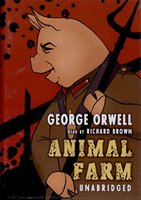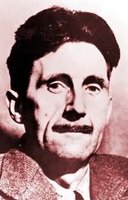
 Anne Tyler's
Anne Tyler'sBack When
We Were Grownups
Rebecca Davitch loves her family, she loves her business and she loves her town but after thirty-three years of being dependable and entertaining she is wondering what would have happened if she hadn’t married Joe Davitch.
When Rebecca met Joe he was exciting, a true grownup whose wife had left him with three small daughters and a business organizing parties in their big, old house. When Joe Davitch entered her life, she was a studious, quiet girl who already had a boyfriend named Will. Joe came into her life and swept her off her feet and into the role of instant stepmother and party host.
Now at Fifty-three years-old, Rebecca looks back over her life. Joe died just six years into their marriage leaving her with the sole control of three stepdaughters and one biological daughter all pining for their father and continual family conflicts and challenges. The house needs continual repair, plaster falls from the ceiling at an alarming rate, Uncle Poppy, Rebecca’s ninety-nine year-old uncle-in-law who lives on the top floor is obsessed with his forthcoming 100th birthday party and Min Foo (aka Minerva) Rebecca and Joe’s daughter is just about to give birth to her third child from her third "exotic" marriage.
Against this backdrop Rebecca starts to wonder what would have happened if she had never met Joe and decides to contact Will, her old boyfriend, with interesting results.
Throughout Back When We Were Grownups, Anne Tyler keeps her brilliant humor as she gives us quirky, slightly offbeat characters surrounded by chaos, trying to make it while sliding downhill all the time. This work is all about the choices we make and the big "What IFS" we all experience in life.












